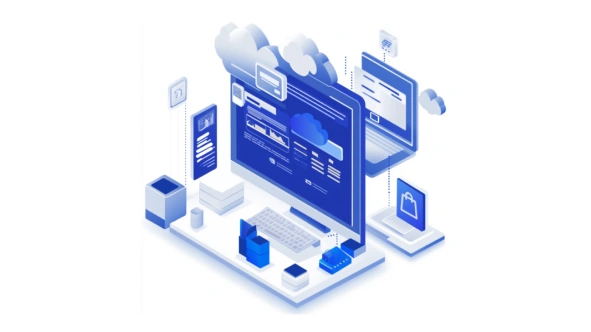Next-Gen Retail Tech Solution Built By Retailers, For Retailers
Drive growth with scalable technology, brought to you by Flipkart -
India’s leading e-commerce platform for 15+ years.











Built on Flipkart’s strong retail foundation
1Mn+
Participating Sellers
61Mn+
SKU's Listed
5+Years
Of Experience
107Mn+
Customers Reached
$11Bn+
Annual GMV Powered
ROBUST RETAIL TECH SOLUTIONS
We’ve spent 25M+ engineering hours to bring you the best-in-class digital commerce solutions
Drive sustained digital growth
Deliver exceptional shopping experiences with composable storefronts from smart search to a smooth cart & checkout experience
Streamline seller management workflows from onboarding to settlements for efficient marketplace operations
Remove operational friction with an advanced, end-to-end supply chain management system
350Mn+
Customers Reached
1Mn+
Participating Sellers
200Mn+
SKU’s Listed
Digital Commerce Engine
Drive sustained digital growth
Monetize your digital platform
Build your own self-serve, cookieless retail media ads ecosystem
Offer multi-format rich media ads with ML powered dynamic placement
Deliver full-funnel performance tracking to advertisers with a granular attribution system
120%
Average ROAS
1.5x
Higher CTRs
40%+
Higher CPM
Retail Media Platform
Monetize Your Digital Platform
Run profitable pricing strategies
Get a 360° market view with real-time monitoring of competitor pricing with 98% precision
Move fast and at the right time with a custom dynamic pricing rules engine
Maximize revenue and profits with our pricing optimizer built on scale-tested demand elastic algorithm
3-5%
Revenue Increases
4-7%
Margin Uplift
70%
Faster Repricing
FCC Pricing Solution
Run Profitable pricing Strategies
Leading Retailers Trust Us
“Flipkart Commerce Cloud revolutionized our pricing with 360° tracking of 8M+ competitor products and 1.5M bestseller SKUs. Their automation streamlined 400+ pricing rules, covering 70% of our retail business, ensuring peak pricing efficiency and enhanced competitiveness.”
Eren Unlu
Vice President of Appliances - Pricing
“Flipkart Commerce Cloud's solution has helped us quickly identify which products were underpriced and which products were overpriced. It has provided us with a lot of great pricing insight.”
Ranco Kraaijenbrink
Ex-Pricing Manager
“Flipkart’s ability to move with speed and to innovate is hard to replicate around the world. We have a business in Africa called Massmart, and we have asked them to be the partners and actually build the marketplace there.”
Judith McKenna
Former CEO and President
“Flipkart has helped Walmart Chile to consolidate and strengthen its advertising business with FCC Ads, a user-friendly retail media solution with powerful features and capabilities.”
Marcelo Cid
Digital Product Manager




BENEFITS
Everything you need to win, delivered.
FCC combines scalable, cutting-edge retail technologies with a flexible and agile cloud foundation so you can build a commerce engine that grows with you

Scale-tested platform
Advanced platform that supports billions of daily e-commerce transactions, enabling robust performance

Self-serve SaaS
Run powerful commerce strategies with intuitive, self-serve software

Fast and seamless integration
Minimize disruption with smooth and secure integration with your existing tech stack

End-to-end support
Get complete support throughout partnership, from strategic roadmap planning to operational redesign and scaling

Retail-optimized advanced algorithms
ML models trained on quality retail data and tested for reliable insight generation

Case Studies
See our impact on high-growth retail businesses
Flipkart Commerce Cloud “A game changer for e-commerce”




Scaling Retail Growth Shouldn’t Have to be Hard
FCC’s all-in-one digital solution platform makes it easy to turn your retail growth vision into a profitable reality.










